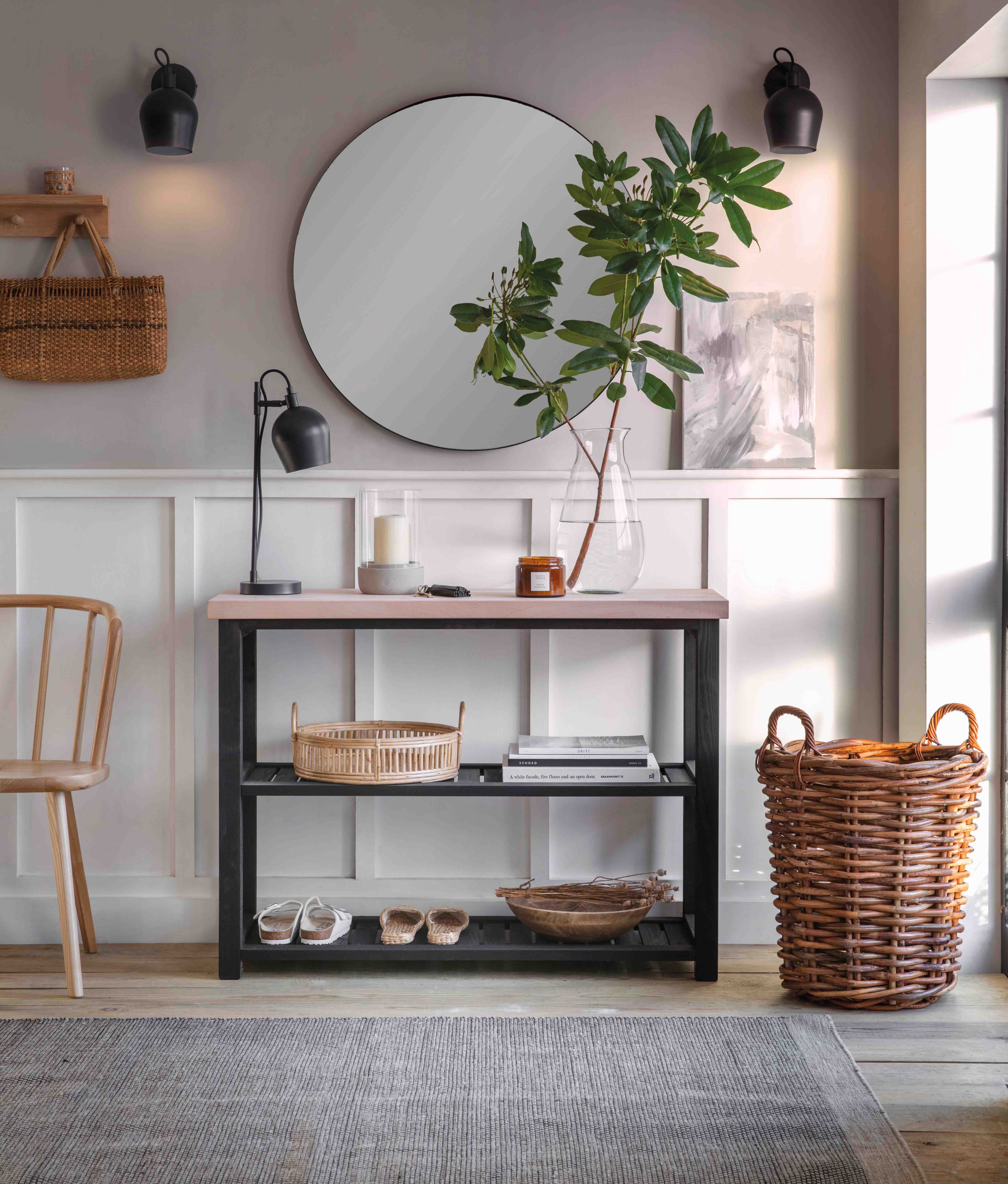Try this handy DIY tool to get perfect angled cuts every time on your moulding, trim and more
Say goodbye to ugly gaps in your mitre corners and cuts. This tool – which is on sale this Black Friday – can tackle every angle from 45-135 degrees to give you perfectly matching joins

Three degrees out on your mitre cuts and you’re gonna get annoying, ugly unwanted gaps on your joins. You can fill the gaps or start again, but ideally you don't want to be making these kind of mistakes as it's waste of time and materials.
You want to be able to create seamless mitre joints, which isn’t easy, especially if you don’t have the right tools. That said, if you’re an occasional DIYer, you don’t want to be investing in expensive machinery that rarely makes an appearance.
The best mitre saws may be great for giving you a perfect angle every time, but they’re not cheap or lightweight and don’t fit in your back pocket. And, while a mitre block and saw won’t break the bank they aren’t as convenient as a tool that you can carry with you wherever you go. What you need is a pair of mitre shears like these FLORA GUARD Miter Shears from Amazon which are inexpensive, portable, easy to use and can get a job done quickly. Once you own a pair you will wonder how you ever managed without them.
What are mitre shears and how do they work?
Mitre shears – also known as mitre cutters – are a hand tool reminiscent of garden secateurs. But it only has one sharp sturdy blade sat on the top while underneath there is a durable metal platform – sometimes known as an anvil – engraved with markings from 45 to 135 degrees. This is what the blade cuts against.
The clever part is the adjustable angle slide that you simply move to the angle that you want to cut. Try 45 degrees and you’ve got the perfect angle for a 90 degree moulding to make your living room panelling ideas look sharp and professional.
So, how do I use mitre shears?
There’s nothing too complicated or difficult here. All you need to do is open the blade, adjust the angle slide to the angle you want, slide in your material, hold it nice and firm and squeeze the handle to make your cut. Now all you need to do is repeat to get your two match parts to seamlessly fit together.
The hard part might be the maths. Straightforward 45 degree mitre cuts are easy to work out. Two cuts and you get a lovely sharp 90 degree angle. But, different angles are alway this easy. Try out this Mitre Angle Calculator for assistance.
What materials can mitre shears cut?
A mitre shear has a strong sharp blade and can easily cut through a host of materials. It will cut through plastic, softwood and MDF. This includes trunking for cables, leather, rubber and wood casing and dowels. But they are not any good for hardwood and the material needs to be 20mm thick or less for the shears to be really effective.
DIY jobs where mitre shears are a winner
A pair of mitre shears is a multi-talented tool that can tackle a whole host of DIY jobs, but its focus is on thin stock materials that it can cut through without too much trouble. Here we delve into a few of the jobs that it can do and why it should be made part of your DIY tool collection
1. Moulding for wall panels, doors and furniture
Wall panelling often incorporates moulding to create detail on the panelling. The inside of a panel is a popular choice and this needs sharp 45 degrees cuts to look good. The same principle can be applied to panel doors and detailing for drawer fronts.

2. Tile trim and edging
Tile trim or tile edging is commonly made of plastic and mitre shears are one of the popular choices for getting the desired angle. It's quick, easy, effective and leaves a cleaner cut than using a hand saw.
3. Cable trunking
Nobody wants to see unsightly cables creeping along a wall and cable turning or covers are a common solution. They need to run around corners and obstacles so a clean cut and accurate angle are needed.
If you don’t own a pair of mitre shears now is the time to get them with some great Black Friday deals out there. And they will make a great addition to your DIY collection without breaking the bank.
Get the Homebuilding & Renovating Newsletter
Bring your dream home to life with expert advice, how to guides and design inspiration. Sign up for our newsletter and get two free tickets to a Homebuilding & Renovating Show near you.
Steve Jenkins is a freelance content creator with over two decades of experience working in digital and print and was previously the DIY content editor for Homebuilding & Renovating.
He is a keen DIYer with over 20 years of experience in transforming and renovating the many homes he has lived in. He specialises in painting and decorating, but has a wide range of skills gleaned from working in the building trade for around 10 years and spending time at night school learning how to plaster and plumb.
He has fitted kitchens, tiled bathrooms and kitchens, laid many floors, built partition walls, plastered walls, plumbed in bathrooms, worked on loft conversions and much more. And when he's not sure how to tackle a DIY project he has a wide network of friends – including plumbers, gas engineers, tilers, carpenters, painters and decorators, electricians and builders – in the trade to call upon.

